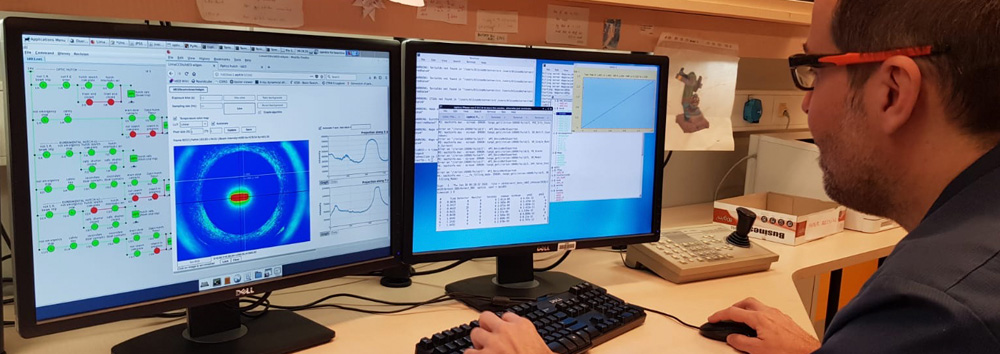Advanced analysis of a blood hormone transporter protein using neutron diffraction, mass spectrometry, molecular modelling, and X-ray diffraction, is revealing the mechanisms underlying this invariably fatal disease and how it may be prevented.
Transthyretin amyloidosis is a progressive condition in which abnormally folded forms of an important hormone transporter protein accumulate as amyloid fibrils/plaques in various parts of the body – resulting in the condition known as familial amyloid polyneuropathy (FAP). The most affected tissues include the peripheral nervous system (sensory perception – pain, touch, heat, sound), the autonomic nervous system (involuntary functions such as breathing, heart rate, digestion). Other regions such as the central nervous system, the heart, the kidneys and the gastrointestinal tract may also be afflicted.
In this study, the scientists have investigated normal human transthyretin alongside two variants of the protein (mutants that are found in different parts of the population). One of these (the T119M or ‘stable’ mutant) imparts remarkable stability to transthyretin and is strongly protective against the formation of amyloid fibrils. However the other (the S52P or ‘unstable’ mutant) results in a very aggressive form of hereditary amyloidosis.

About ILL
The Institut Laue-Langevin (ILL) is an international research organisation that is a world leader in Neutron Science. Since its foundation in 1967, the Institute is a shining example of scientific cooperation. Presently 10 European countries (Spain, Switzerland, Austria, Italy, Czech Republic, Sweden, Belgium, Poland and Slovakia) ensure the necessary financial support for the ILL operation under the governance of 3 Associate Member countries: France, Germany and The United Kingdom. The research conducted at the ILL is dedicated to fundamental research (60%) as well as societal challenges research (40%). It covers a wide range of disciplines such as biology, (green) chemistry, materials science, condensed matter physics, as well as nuclear and particle physics.
© ILL Advanced analysis of a blood hormone transporter protein using neutron diffraction, mass spectrometry, molecular modelling, and X-ray diffraction, is revealing the mechanisms underlying this invariably fatal disease and how it may be prevented. Transthyretin amyloidosis is a progressive condition in which abnormally folded forms of an important hormone transporter protein accumulate as amyloid […]



